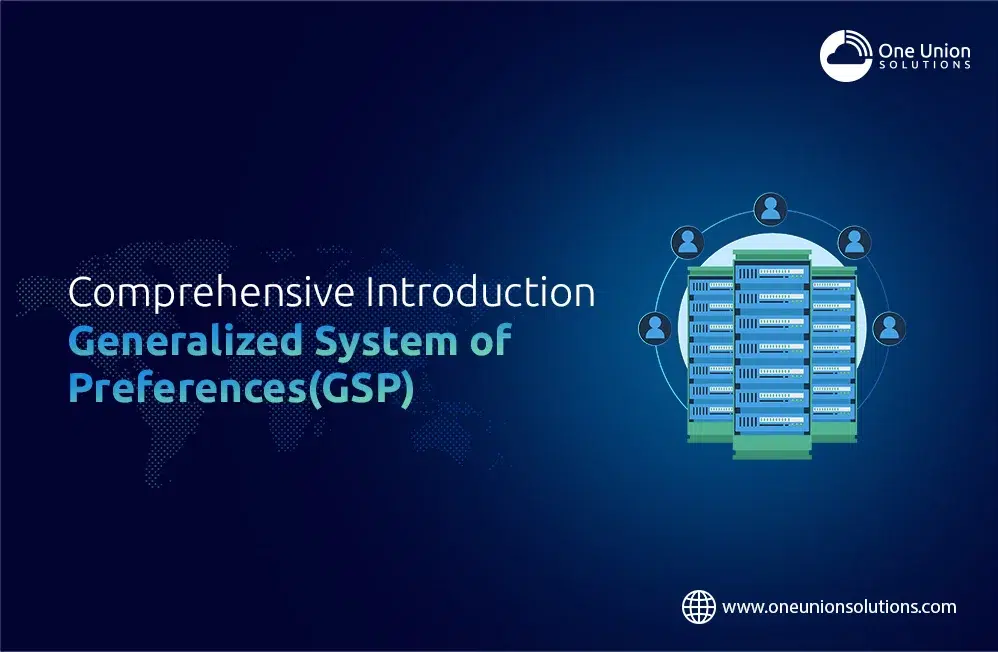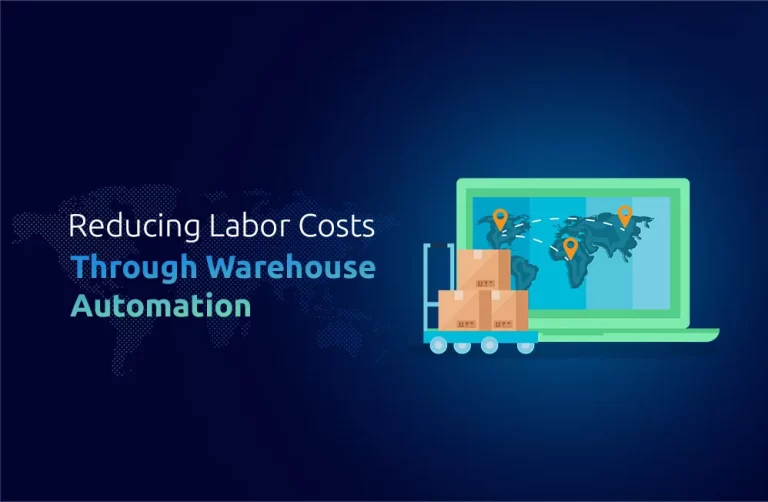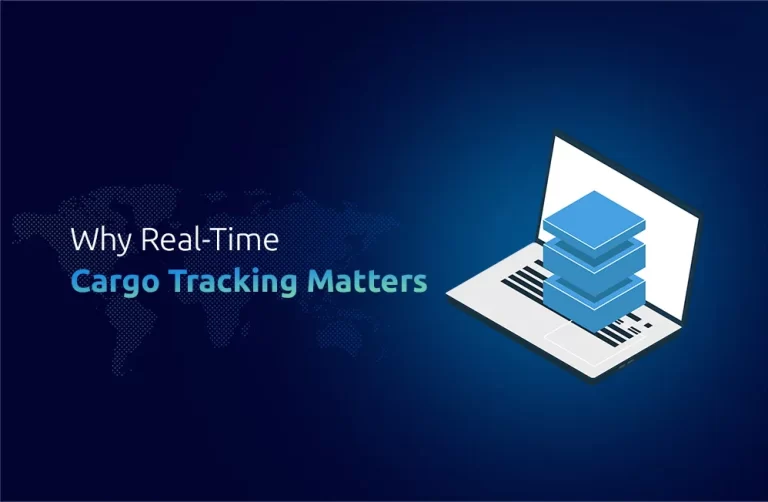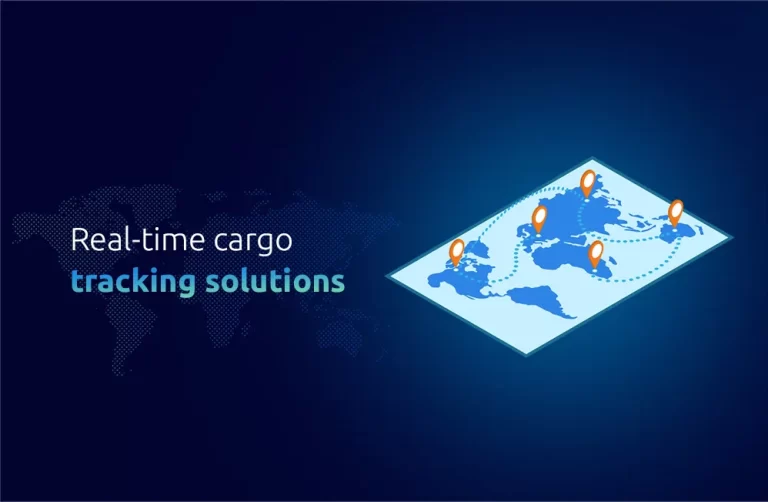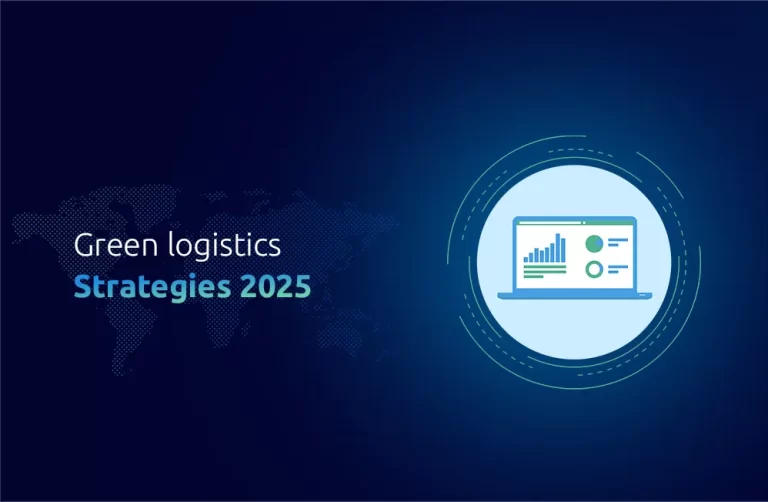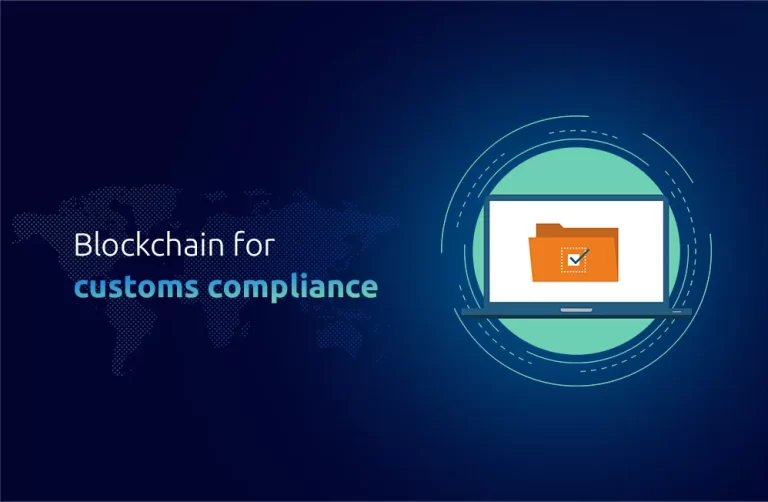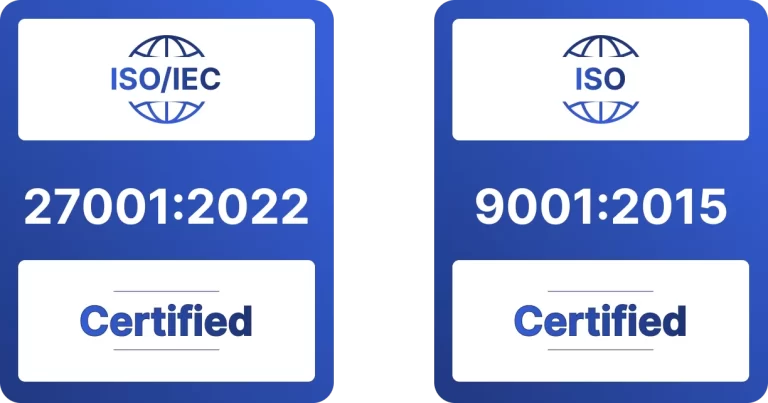An Introduction to GSP
The GSP, i.e., the Generalized System of Preferences, is a preferential tariff system that lowers customs fees and other tariffs related to exporting products. Lesser developed countries that qualify may receive tariff reductions.
The GSP was founded at the UN Conference on Trade and Development in 1971. It aims to encourage the maintainable growth of economies by boosting commerce for developing countries.
Fifteen countries are offering GSP schemes at the moment. Each country has a different system with different levels of progress.
Countries Offering GSP Preferences
Following is a list of Countries and territories offering GSP schemes:
- Armenia
- Australia
- Belarus
- Canada
- European Union
- Iceland
- Japan
- Kazakhstan
- New Zealand
- Norway
- The Russian Federation
- Turkey
- United Kingdom
- United States of America
The level of GSP differs according to the income of the country offering it.
Examples of GSP Levels
The following are examples of the various GSP levels:
Standard GSP
The Standard GSP was made to suit countries classified as low-income and lower-middle-income by international standards. The program simplifies their access to developed markets through partial or total removal of customs tariffs on about two-thirds of all tariff lines. This wide coverage is intended to boost export-oriented growth by making the goods of these countries more competitive in global markets. The Standard GSP’s eligibility criteria require the assurance of conformity with certain international norms and practices, but more lenient than those for the GSP+ scheme.
GSP+
The GSP+ is an incentive-based system in addition to the Standard GSP which offers deeper tariff elimination and zero percent for the qualifying goods. The status is reserved for countries that are not only poor, but also ready to implement 27 international conventions in the areas of human rights, labor rights, environmental protection, and good governance. The GSP+ is designed to motivate and recognize the actual progress in these areas, which may spur the process of sustainable development and integration into the world economy. The countries that enjoy the advantages of GSP+ undergo regular assessments and audits to make sure that their conduct remains in line with the provisions of the conventions.
EBA
The EU as a global actor declares its readiness to help the most vulnerable countries of the world, a group of states defined by the UN. All products (except arms and ammunition) from these countries are given duty-free and quota-free access under the EBA scheme to help their integration into the global economy and promote their economic development through increased trade. The Most Favored Nation status is particularly important for these countries, as it covers the products that are key for them, including agricultural goods and textiles.
African Growth and Opportunity Act (AGAO)
The United States is notably one of those 40 countries that is part of the US Generalized System of Preferences and that gains much-needed market access from the US among eligible Sub-Saharan African countries. On top of the general U.S. GSP coverage of some 5,000 products, AGOA builds an additional 1,800 product categories to benefit from duty-free access. Such an extension would not only foster economic growth and development as well as promote trade and investment ties between Africa and the United States but also support Africa’s integration into global trade networks. The criteria for an AGOA inclusion identify it with the operationalization of market economy-based policies, promotion of rule of law, the fight against corruption and poverty reduction policies which include among others.
All of these GSP levels serve a strategic purpose for the promotion of international trade for developing countries. Therefore, the GSP is aimed at not only economic growth but also sustainable development and integration into the world economy. In turn, developed countries may favor developing countries, lured by preferences in trade terms, which only manifests their ambitions to provide developing economies with effective developmental tools(technologies, access to education etc…), helping them to overcome economic challenges and achieve a degree of self-sustainability.
Which products can be Imported Duty-Free Under the GSP?
A list of products eligible for duty-free importation will be made public by each country offering a GSP scheme; this list may differ from country to country. For instance, in the United States, approximately 3500 items from GSP beneficiaries are eligible for duty-free treatment, while an additional 1500 items are eligible for Least Developed Beneficiary Developing Countries (LDBCs).
Generalized System of Preferences Conditions
Each GSP system will have its criteria to identify countries that qualify. The level of GSP that should be granted and which countries should be considered underdeveloped are determined by eligibility criteria.
There are probably several similarities between these conditions. The following are a few examples of the GSP conditions:
- Only products entirely grown, produced, or manufactured in the beneficiary country will be eligible for tariff reductions.
- Goods from third- countries must have gone through significant changes in the beneficiary country to be eligible for tariff reductions. It is necessary to increase the product’s worth by about 35 percent.
- Direct imports of goods from GSP-eligible countries are mandatory.
- Countries that qualify cannot be communist.
- There shouldn’t be any practice of the worst kind of child labor in eligible countries.
Required Documentation for GSP
Beneficiary countries must submit the GSP Declaration as proof of eligibility to be granted GSP treatment. Additionally, you can be requested to provide purchase records, purchase orders, and invoices.
Countries benefiting from GSP
The UNCTAD List of Beneficiaries document lists the countries that profit from the GSP. It reveals which country receives GSP benefits from each donor country and the extent of those benefits.
Annual Reviewal of Countries and products eligibility for GSP
Donor countries often review products list that qualifies for duty-free exportation annually. They are free to take anything off the list or add something new at this stage.
Countries may no longer qualify for the GSP if they don’t comply with the agreement’s prerequisites. After undergoing economic expansion, they might also outqualify the GSP. Before the relief is rescinded, countries that no longer get GSP advantages will receive proper notification.
If you are planning the importation or exportation of IT & Tech related equipment but are unsure of the procedure or find it a bit overwhelming, don’t worry. We can assist. We provide expert EOR and IOR services to guarantee your goods’ timely and secure delivery. We take full responsibility for handling all local legal obligations relating to import taxes, levies, customs, and documentation. The answer to all the hassles of import is the importer of record service, and the same applies to exports.

